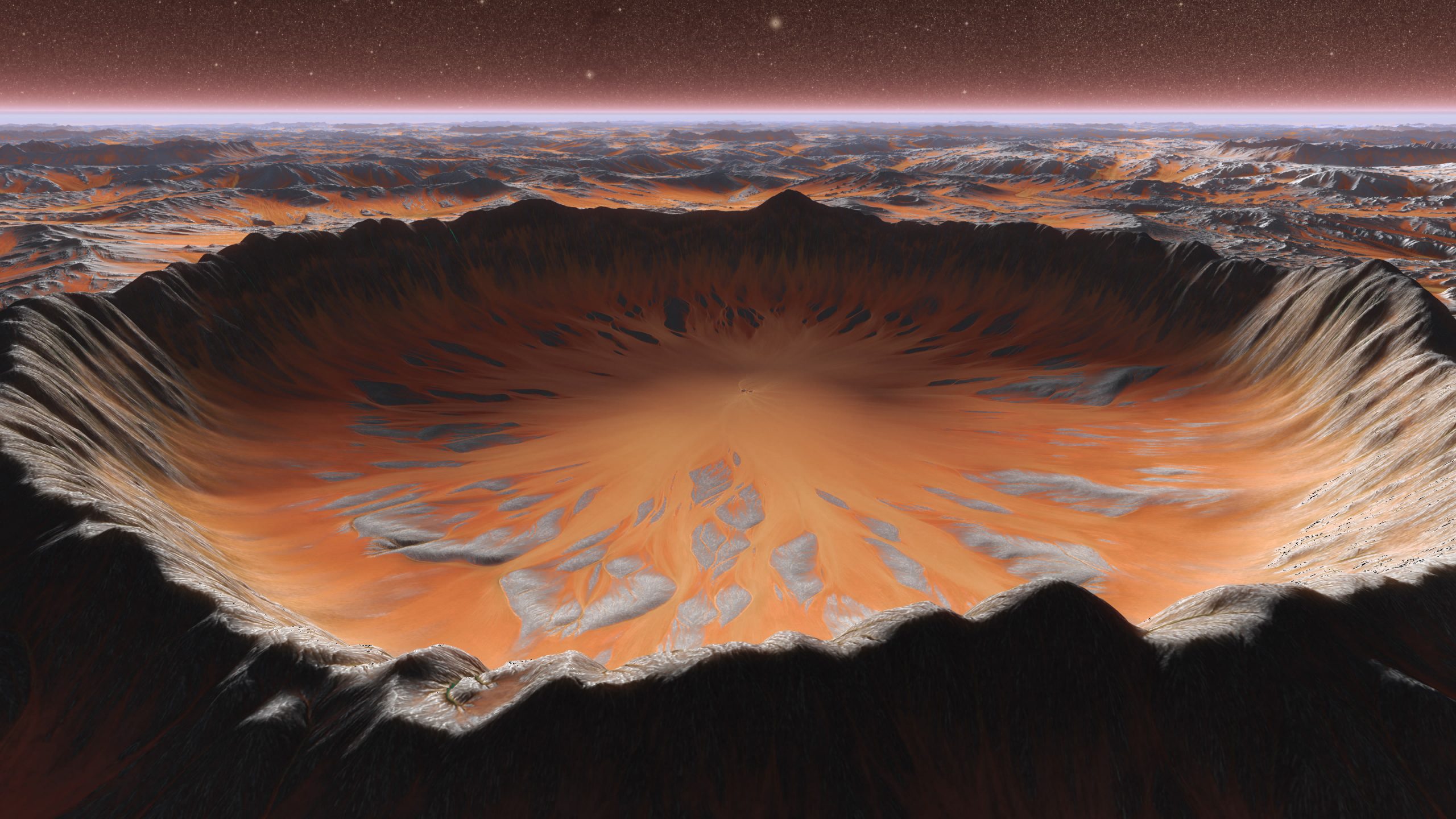Researchers have confirmed that Mars has a large central core, some 3.620 kilometers in diameter. Experts casually dub these planetary cores as a planetary engine room.

Mars, the red planet and the most Earth-like planet in the solar system, is still revealing its secrets. We have learned a plethora of new data about Mars. One of the most recent discoveries points towards the existence of a massive ocean. Now, researchers have confirmed that Mars has a large central core, some 3.620 kilometers in diameter. Experts casually dub these planetary cores as a planetary engine room. Mars’ core was confirmed by a new model for scanning the deep interior of planets. Using a seismometer on the surface of a planet, the scanning method works similarly to ultrasound scans.
Scanning the interior of a planet
In this innovative study, the researchers describe a resourceful method of scanning the interior of any planet with a single instrument. This was something that had never been done before. By confirming that planets have cores, scientists can better understand their past and evolution. Additionally, it can be used to determine when a magnetic field formed on a planet and when it ceased to exist. During a planet’s lifetime, the core plays an active role in maintaining its magnetic field. This could help explain why Mars no longer has a magnetic field, which is necessary to support life.

A different core
While the Martian core is primarily composed of iron and nickel, trace amounts of lighter elements like hydrogen and sulfur may also be present. Sheng Wang, who is also the lead author of the study, said that these elements could alter the core’s ability to transfer heat. Life on Earth is protected from cosmic radiation by the magnetic field. Thanks to it, life on Earth is possible. Scientists from ANU measured specific types of seismic waves on Mars. This was done by using a single seismometer. A range of signals is emitted by seismic waves. Earthquakes on Mars triggered these. As these signals reverberate throughout the Martian interior, they evolve over time. As seismic waves travel through the Martian core, they bounce off.
Hearing signals
Various sources, including earthquakes, meteor strikes, and other events, can emit “late” and “weaker” signals, said professor Hrvoje Tkalcic. Some of these late signals may seem noisy and unhelpful. However, their similarity to other signals recorded at various Mars locations reveals a large core deep within the planet. In addition to determining how far the seismic waves travel, scientists can also estimate the speed at which they travel through Mars’ interior. These data help scientists estimate the size of Mars’ core. Furthermore, researchers claim that their approach to confirming the existence of a planetary core by using a single seismometer is also a “cost-effective solution.”





